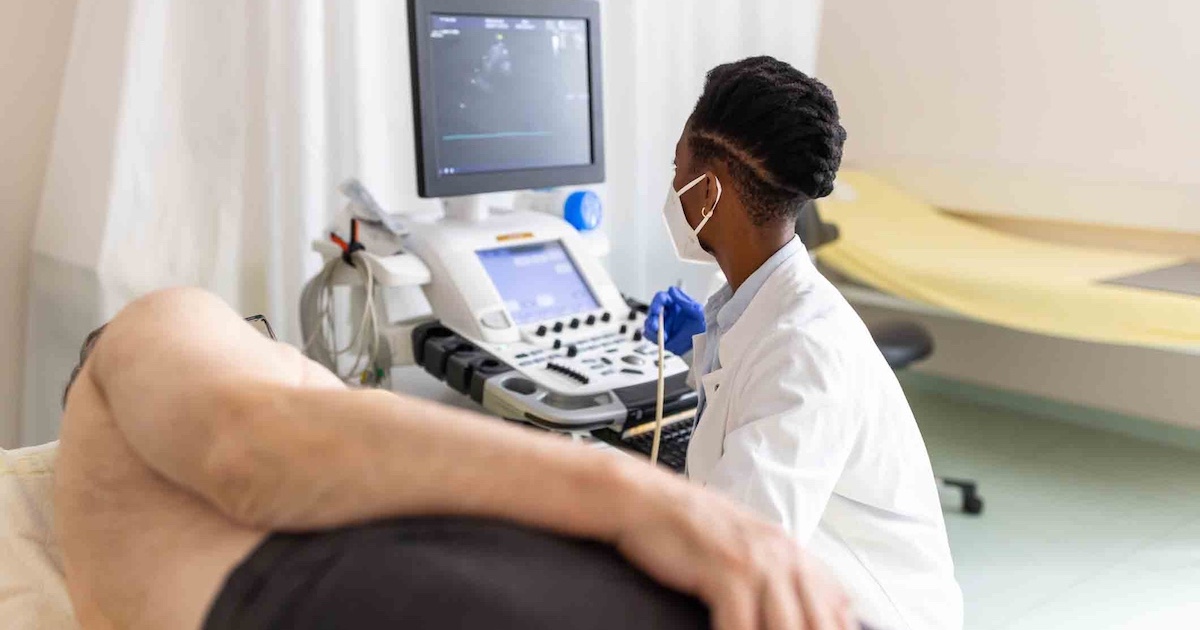Let’s face it: The whole world is going mobile, and healthcare is steaming ahead in that direction as well.
Today’s healthcare delivery picture is anything but coordinated. In fact, it’s behind the times, commonly characterized by patients with chronic conditions traveling around with stacks of medical records to numerous specialists, who may or may not be giving the same care plans to those patients. However, to better population health management strategies and overall care, actionable data must be available and communication channels must exist that easily deliver this data to all stakeholders.
The best solution to this problem? mHealth devices, which are uniquely positioned to improve healthcare collaboration in a way that truly empowers patients while equipping providers with such critical information to operate successfully under population health strategies.
As consumers continue to demand more options for access and the vendor community begins to respond to this need, an opportunity and responsibility exists for providers to use mobile tools to foster patient engagement and improve population health. This development is starting to take place, as many healthcare organizations already are taking the first steps toward offering mobile applications that enable basic healthcare tracking for patients - from monitoring weight loss goals to identifying sleeping patterns. Yet while these types of apps are valuable, they are limited in their ability to improve care quality and patient engagement because they fail to inspire meaningful collaboration between providers and patients, as they only look at one part of the equation.
Healthcare organizations must capitalize on and innovate solutions that promote better care coordination and population health management from both the patient and provider perspectives. Features that help hospitals monitor patient data, allow caregivers to stay up-to-speed on patient conditions and increase patients’ access to care will be essential for advancing efficient and effective patient engagement strategies.
Two perspectives, one common goal
After decades working within the status quo, physicians today are struggling to define patient engagement as a collaborative partnership with patients. Likewise, consumers aren't responding to engagement initiatives as extensively as expected. In fact, some statistics suggest that the industry has barely cracked 50 percent on the Meaningful Use secure messaging electronic engagement requirements, and only 30 percent of patients have used a patient portal, which indicates the need to innovate other ways to connect with and engage patients.
Yet as healthcare starts to embrace value-based and accountable care delivery models, the prevailing mindset is evolving from one in which clinical services are done “to” consumers to one in which providers conduct clinical efforts jointly “with” consumers. mHealth holds promise for taking this kind of collaboration to the next level by meeting patients where they are in their healthcare journeys. That’s important, because from consumers’ perspectives, engagement begins with the transfer of power - one that places them in the driver’s seat of their own healthcare.
Collaboration is a two-way street, though, and mHealth can also bring the power of the community to the physician. When numerous specialists and other providers are included as part of a social circle that can connect around a single patient, everybody wins. This connectivity helps patients stay engaged with their care and providers to monitor and advise patients’ care plan successes.
To this end, Baystate Health is an organization committed to bringing this vision to life through innovation and collaboration between providers and other stakeholders. Their TechSpring initiative brings partners together in a collaborative environment dedicated to developing new technologies and processes, including mHealth tools. This continued development of such tools will enable Baystate Health and its partners to create innovative applications for providers and patients that will improve outcomes, foster innovative relationships and create technology to enhance population health initiatives.
Practical applications
Mobile solutions designed to cultivate partnerships and connections between providers and patients lay down the foundation necessary to start moving providers from their historically autocratic roles into modern patient relationships that are much more advisory in nature. This transition will help the industry effectively move into successful population health management strategies to improve care while lowering costs. There aren't many of these types of applications in the marketplace now, but those that are successful tend to lend instant impact to a person’s daily health decisions. (Think Fitbit). By doing this, patients can quickly see the benefit the app has to their overall health, which incentivizes and motivates continued use.
Mobile applications are evolving to benefit patients by presenting efficient snapshots of care. From care summaries to appointment scheduling and more, they enable easy sharing of data among providers, patients and families. The potential for improving the patient experience is heightened when repetitive tasks in the care delivery process - such as filling out health history information, tracking vitals and verifying insurance coverage - are either handled electronically or eliminated, strengthening the patient-provider connection.
Furthermore, when data can be monitored and tracked on an ongoing basis through mobile devices, physicians gain a deeper understanding of health patterns. A single blood pressure reading taken in an office setting, for instance, may not be a true reflection of a patient’s condition over time. mHealth solutions can go a step further by using social circles to create multi-dimensional access among patients, providers and caregivers with the real-time data needed to produce tangible value through more effective population health management and better patient outcomes.
If a diabetic patient is on a strict diet, for example, family members can more easily encourage healthy food choices and meal preparation when they are aware of the patient’s parameters. Family members and other caregivers included in a patient’s social circle are much more likely to support treatment compliance when they have information at their fingertips.
Looking forward
mHealth has the power to strip away barriers between providers and patients, making their communication more transparent and effective. By extending cooperation across the care continuum, mobile apps help patients circumvent potential health crises, resulting in successful population health management, healthier patients and minimized need for high-cost interventions.
Patients are looking for care that is individualized, actionable and as mobile as other aspects of their lives. In the vast sea of health IT advancement, mHealth is a buoy that must be used to its fullest potential to support patient engagement and care coordination.
Drew Kraisinger is the vice president of strategy and innovation at Medecision.


